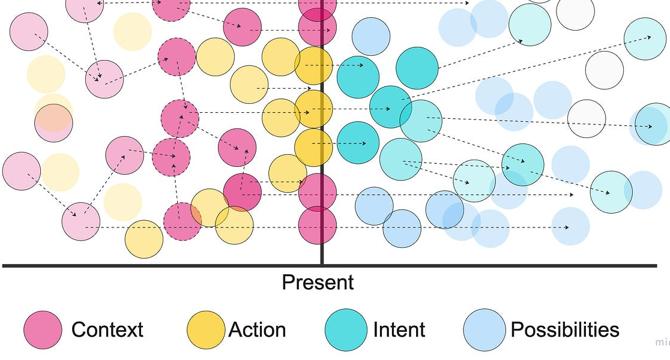The Beautiful Mess
2M
314

Image Credit: The Beautiful Mess
TBM Context, Possibility, Intent, and Action
- The article discusses principles for designing rituals, artifacts, frameworks, and cycles for teams or organizations to go beyond standard language like strategy and execution.
- It presents a simple example of an 'operating system' involving setting weekly intentions, engaging with goals, tasks, and reflections.
- The four core building blocks of the operating system are described as Possibility, Intent, Action, and Context, with Control and Integration tying them together.
- The article explores the nuances of intent, categorizing it by short-term vs. long-term, procedural vs. outcome-oriented, concrete vs. abstract, and linear vs. high-leverage.
- It emphasizes the importance of finding the right mix of intent signifiers in high-performing companies to achieve coherence without excessive process overhead.
- Challenges in strategy, planning, and execution are discussed, highlighting issues like the disconnect between strategy and execution, and the lack of alignment in planning.
- The article then delves into the impact of growth and scale on context, intent alignment, possibility exploration, action execution, and control and integration mechanisms.
- It addresses the importance of maintaining context sharing and alignment, avoiding overwhelming people with information, and balancing present needs with future growth.
- The article concludes by stressing the need for companies to focus on connecting people with critical context dots, aligning intent across teams, and balancing short-term execution with long-term strategic objectives.
- By understanding the building blocks of a functioning system including Possibility, Intent, Action, Context, and Control and Integration, organizations can better address gaps and improve coherence.
- The article provides insights into how different intent types can guide decision-making and how companies of varying sizes can adapt their operating systems to scale effectively.
Read Full Article
18 Likes
For uninterrupted reading, download the app